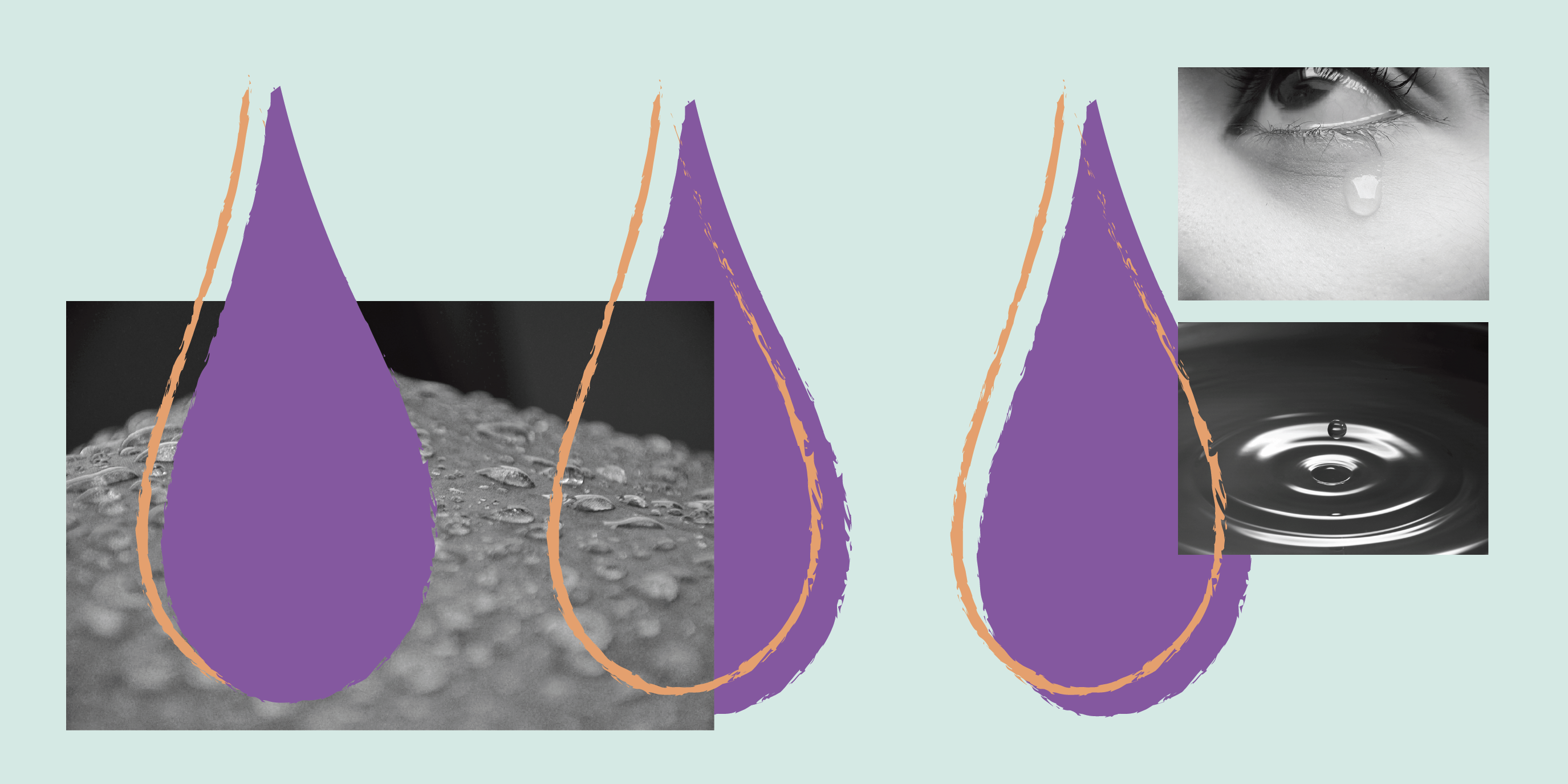Crying in Public

Illustration by Maddy Pease.
I recently found myself speed-walking through a busy Los Angeles intersection while blubbering on the phone with my mom. School, work, life and my latest existential crisis pushed me to the point of no return. I simply could not control my emotions as I hurried past people who appeared to be having a much better day than me. I felt senseless and shameful. I’ve spent plenty of time reflecting on this occurrence and the many times I have “lost it” publicly in the past. The invisible, extra burden of a public cry feels so illogical. So what’s the big deal with crying in public?
Emotional crying is different from the tears that your eyes produce for moisture or tears that flow when you chop up an onion. Emotional crying covers all types of feelings, but, more importantly, it is an understandable indication of our momentary inability to handle these emotions; we’re obviously overwhelmed before we cry.
With this explanation in mind, it’s strange that seeing strangers cry easily alarms us. Public displays of emotion make a lot of us uncomfortable. It might seem like the wrong place and time, or maybe we just don’t know how to react.This hesitancy to help the person crying probably contributes to the shame we feel when we’re the person who’s crying in public. We know what this looks like. We know what you’re thinking and, wow, this is so embarrassing.
Truthfully, these reactions are somewhat harmful. When we enforce the belief that emotions are reserved for a private sphere, we are shaming everyone—including ourselves—for simply feeling. The idea that it is inappropriate to feel in public, for example, stifles the conversation on the stigmas surrounding mental illness by ridiculing variances in emotional health.
Another problem that arises out of our negative reactions to crying in public directly affects gender constructions. In a culture that enforces the gender binary, many boys are taught to refrain from crying at a young age, as crying is strictly associated with femininity. Girls, on the other hand, are portrayed as sensitive but told not to be “too emotional” because this slips into the realm of “crazy.” It’s not a stretch to assume crying in public falls under the “too emotional” stereotype that is thus attached to girls.
These enforced norms—while wrong in themselves—also play into how we feel about crying in public, and how we see people who are crying in public.
Luckily, there are some simple acts of kindness that can help alleviate the dominance of stigmas surrounding crying in public. First and foremost, we all know how frustrating “Are you okay?” can sound when we’re drowning in a puddle of tears, so don’t approach someone with that question. Instead, if someone appears to be openly crying in public, offer them a tissue or a warm smile. If someone is extremely open with their tears in public—such as sobbing, kneeling over, or appearing highly distressed—ask if there’s anyone you can call. If someone is silently hiding their tears, they probably would rather be left alone.
Lastly, it’s important to remember that everyone expresses themselves in different ways! Whether you cry once every ten years or twice a day, your emotions are valid and you have a right to express them—in public or in private. A more accepting public environment could make us more accommodating of variance in emotional expression as a whole.




